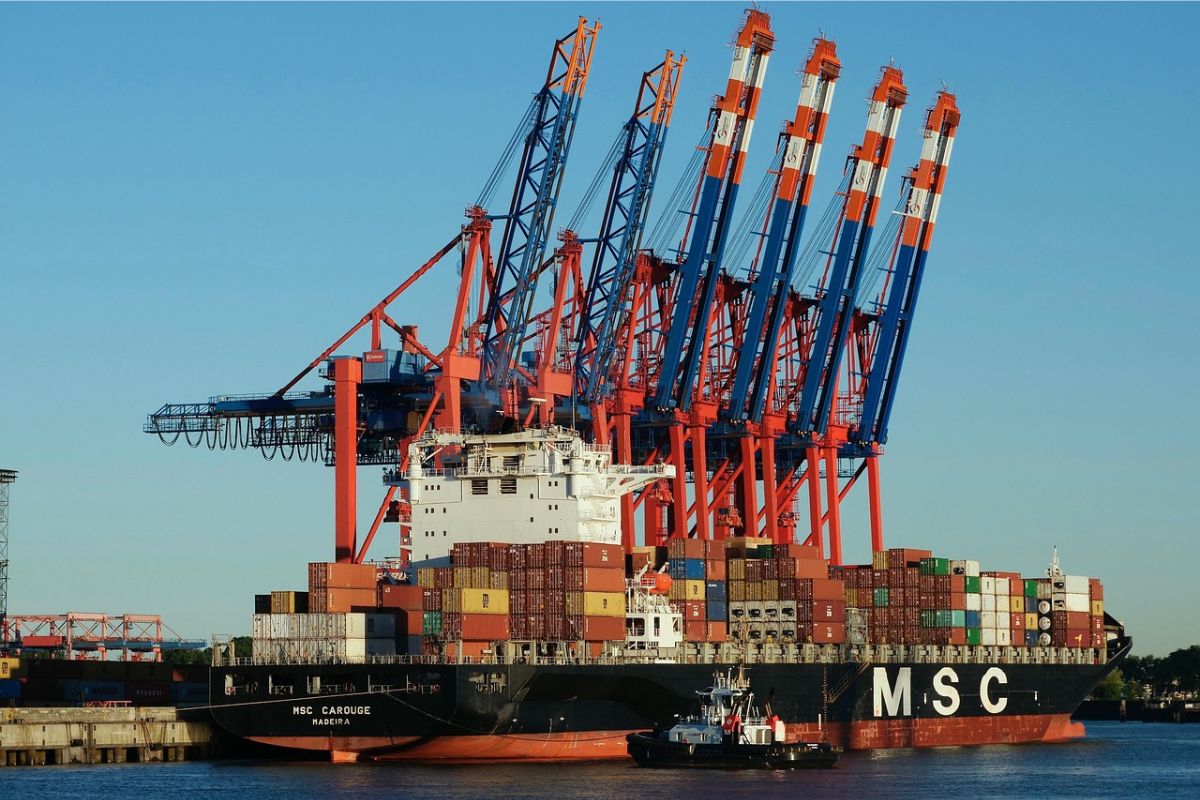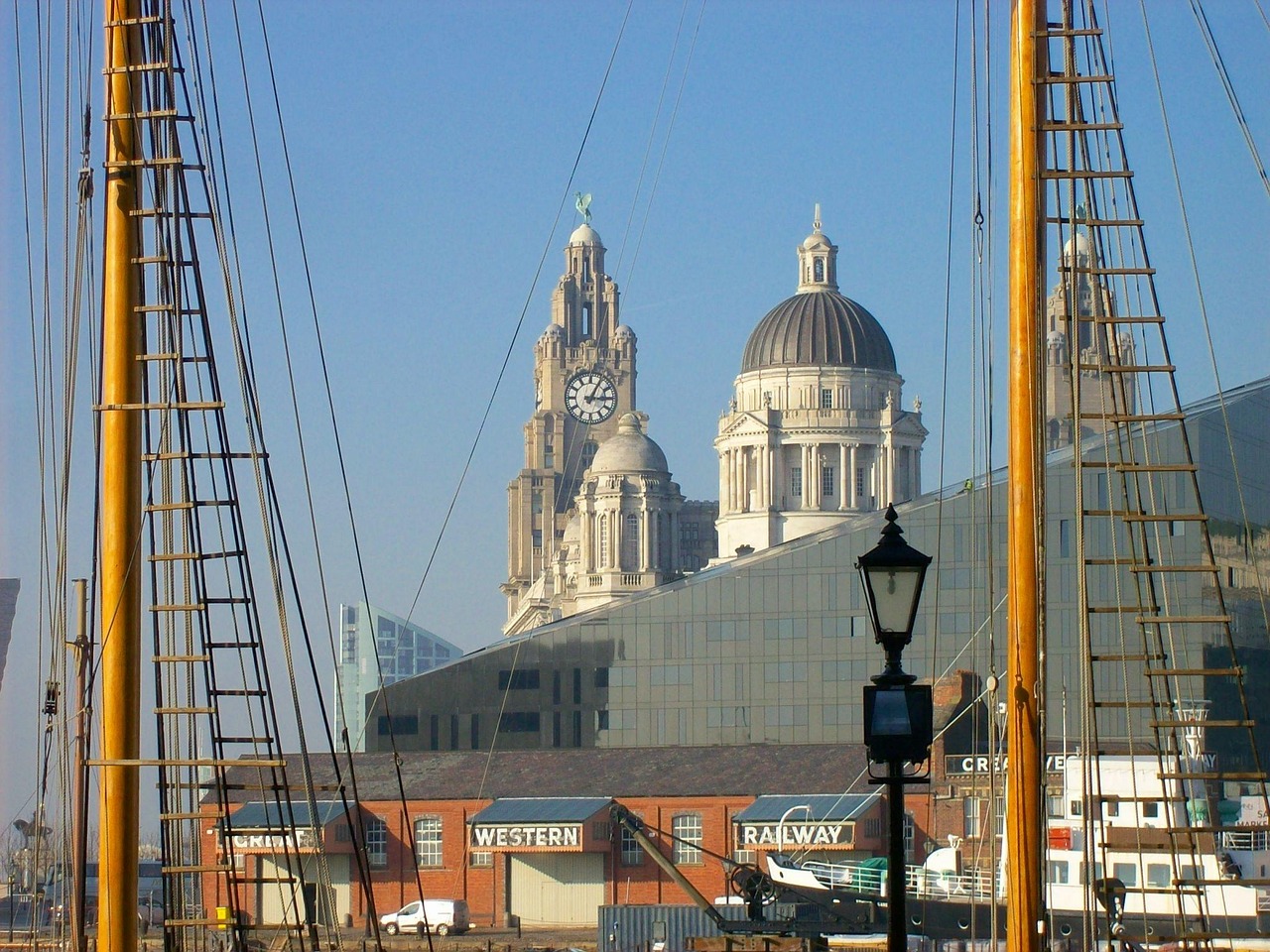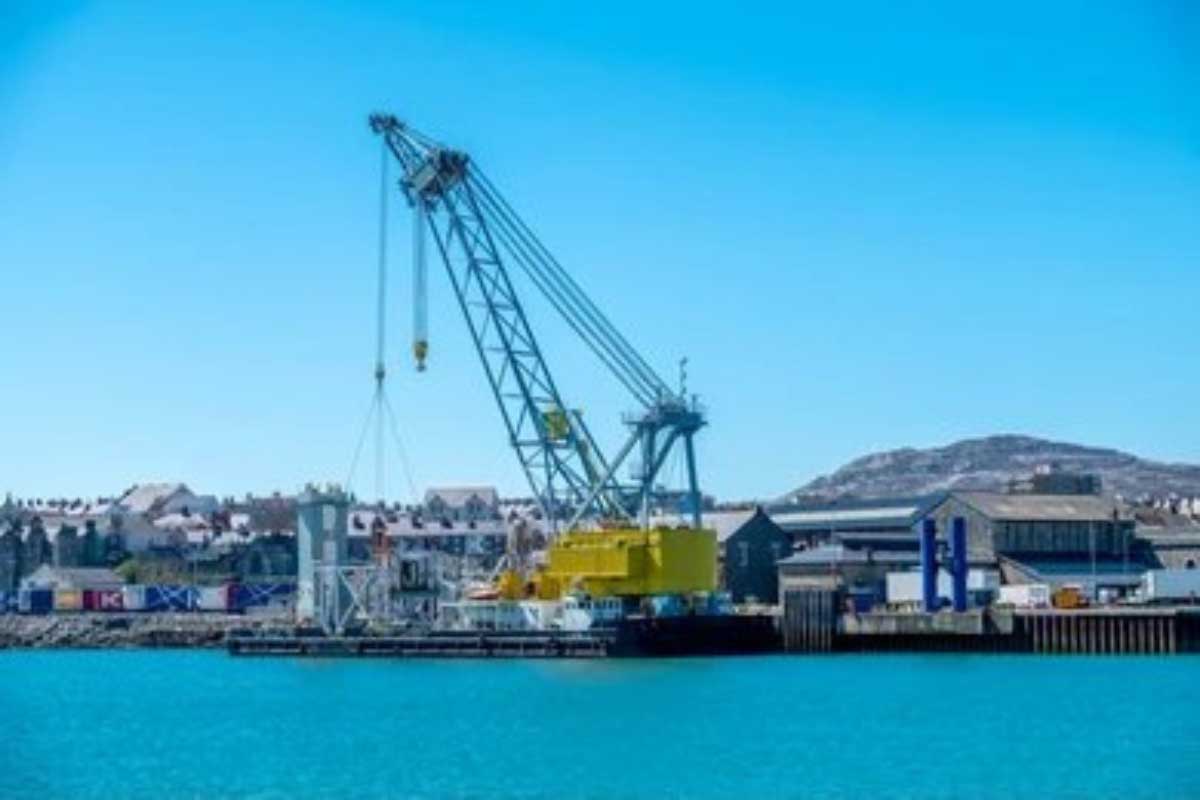The United Kingdom is a well-recognised nation whose economic strength is based on maritime commerce. Almost 95% of the UK’s trade by volume is handled by its ports, making these transport hubs the lifeline of import and export activity. From containerised cargo to bulk energy products and passenger traffic, ports all across the UK provide a critical link between Great Britain and the rest of the world. Here we explore the UK’s most common and significant ports, their roles in trade and logistics, recent developments, and what the future holds for this vital infrastructure.
Major Types of UK Ports and Their Roles
The Port of Felixstowe
Situated on the Suffolk coast, the port of Felixstowe is the UK’s largest and busiest container port ever to exist. It handles between 3.3 and 4 million TEUs annually and is responsible for nearly half of the country’s container traffic. With its nine deep-water berths and ability to accommodate ultra-large vessels, Felixstowe is a primary gateway to global trade routes. Connecting Europe and Asia.
The Port of Southampton
The Port of Southampton is the second largest port in the UK and has a major sea hub. Processing over 1.5 million TEUs annually, it is also the leader’s export terminals for motor vehicles, with hundreds of thousands of cars passing through its terminal every year. Southampton is a major and busiest European port, welcoming millions of passengers each year.
Bulk, Energy & Ro-Ro Hubs
The Port of Immingham
Located on the River Humber, the Port of Immingham holds the title of the UK’s largest port by tonnage, with the capacity to cater to over 46 million tonnes of cargo annually. Immingham specialises in bulk and energy products, which include oil, liquefied petroleum gas, and coal. The port’s central facility includes deep-water berths, oil and chemical terminals, and Ro-Ro docks, making it the primary component of the UK’s energy supply chain. As a part of this, Immingham is seeking major investments in sustainability, including plans for a green hydrogen production hub and expanded terminals.
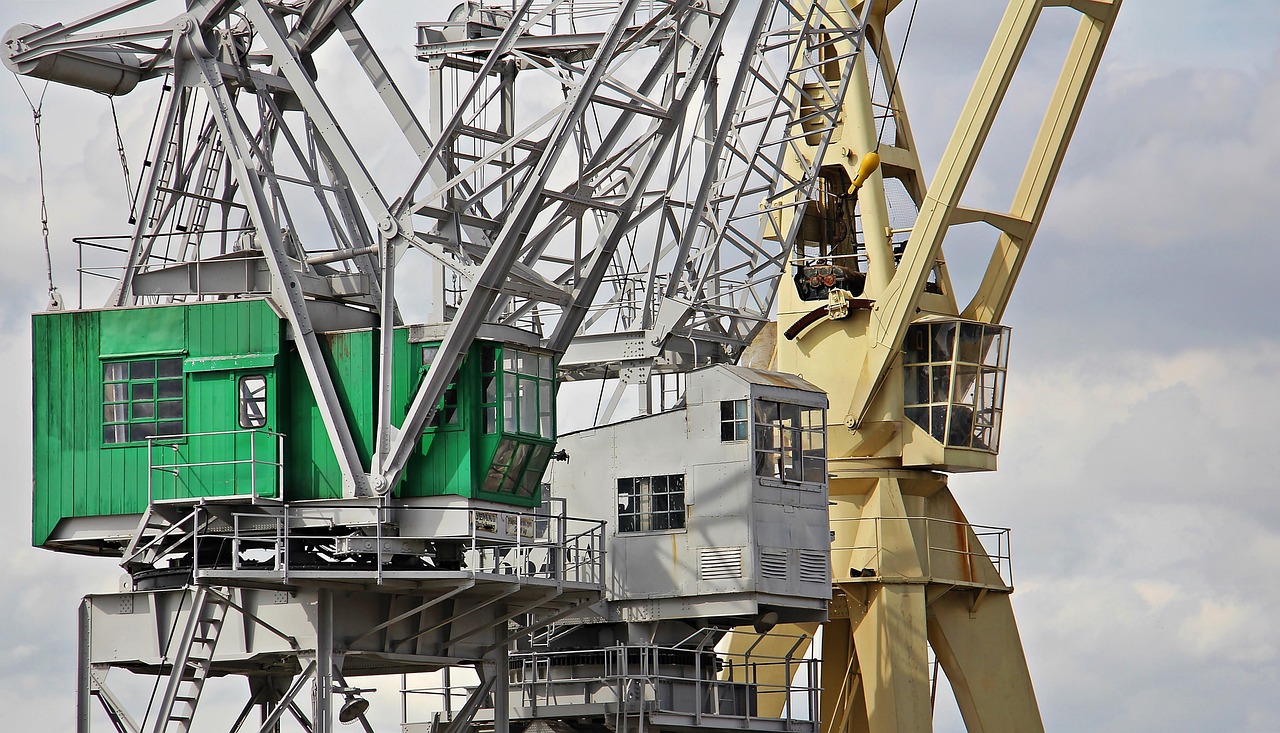
The Port of London
On the flip side, the Port of London stretches across 95 miles of the River Thames and operates more than 70 terminals. Moving around 53 million tonnes of cargo per year, including bulk items, containers, and fuel. The port’s influence has been further amplified by the development of London’s Gateway, a state-of-the-art sea container that was opened long ago. Additionally, being a logistical powerhouse, the Port of London supports people by offering more than 43,000 jobs, generating just above £4 billion in annual economic output.
The Port of Dover
The Port of Dover is one of the busiest ferry ports in Europe, playing a critical role in the UK’s trade with continental Europe. Facilitating the movement of approximately 2.6 million trucks and nearly 11 million passengers each year accounts for an estimated £144 billion in trade value. Situated 2 miles apart from Calais, France, Dover is the quickest sea route to the mainland of Europe. With a short span of crossing times and high-frequency sailings, it remains essential for time-sensitive freight.
Regional & Specialised Ports
The Port of Liverpool
The Port of Liverpool is another key hub, especially when it comes to trading with North America and Ireland. Handing almost 900,000 TEUs annually and about 30 million tonnes of total cargo, Liverpool is also a thriving cruise terminal, welcoming around 200,000 passengers all across the year. The £400 million investment in the Liverpool container terminal has enabled the port to handle larger post-Panamax vessels, dramatically increasing overall capacity.
The Port of Goole
Although the Port of Goole is smaller in scale, it holds a unique significance as the UK’s largest port. Opened back in 1826 and located on the River Ouse, Google handles around 1.2 million tonnes of cargo per year. What’s even more interesting is the location and the connectivity that make it a strategic distribution centre for Yorkshire and other surrounding regions.
Port Traffic & Trade Trends
Changing Cargo Volumes and the Post-Brexit Realignment
When comparing the rolling year to March 2025 with March 2024, total tonnage through the UK’s major ports increased by 2% to 425.9 million tonnes, highlighting that the post-Brexit landscape has brought both challenges and realignments. While some ports experienced a decline in EU-based cargo, others, such as Dover and London, saw increased Ro-Ro traffic due to adjusted logistics strategies. These shifts have led to diversified trade routes and a stronger emphasis on efficiency and digitalisation to reduce delays and customs-related bottlenecks.
Future Outlook: Innovation & Sustainability
Green Shipping & Energy Efficiency
The future of UK ports lies in a blend of sustainability and smart technology. As global shipping trends change strategically and environmental regulations tighten, ports adapt by investing in greener operations. Such initiatives as hydrogen energy at Immingham and reducing carbon footprints at London Gateway indicate a broader shift towards climate-resilient infrastructure.
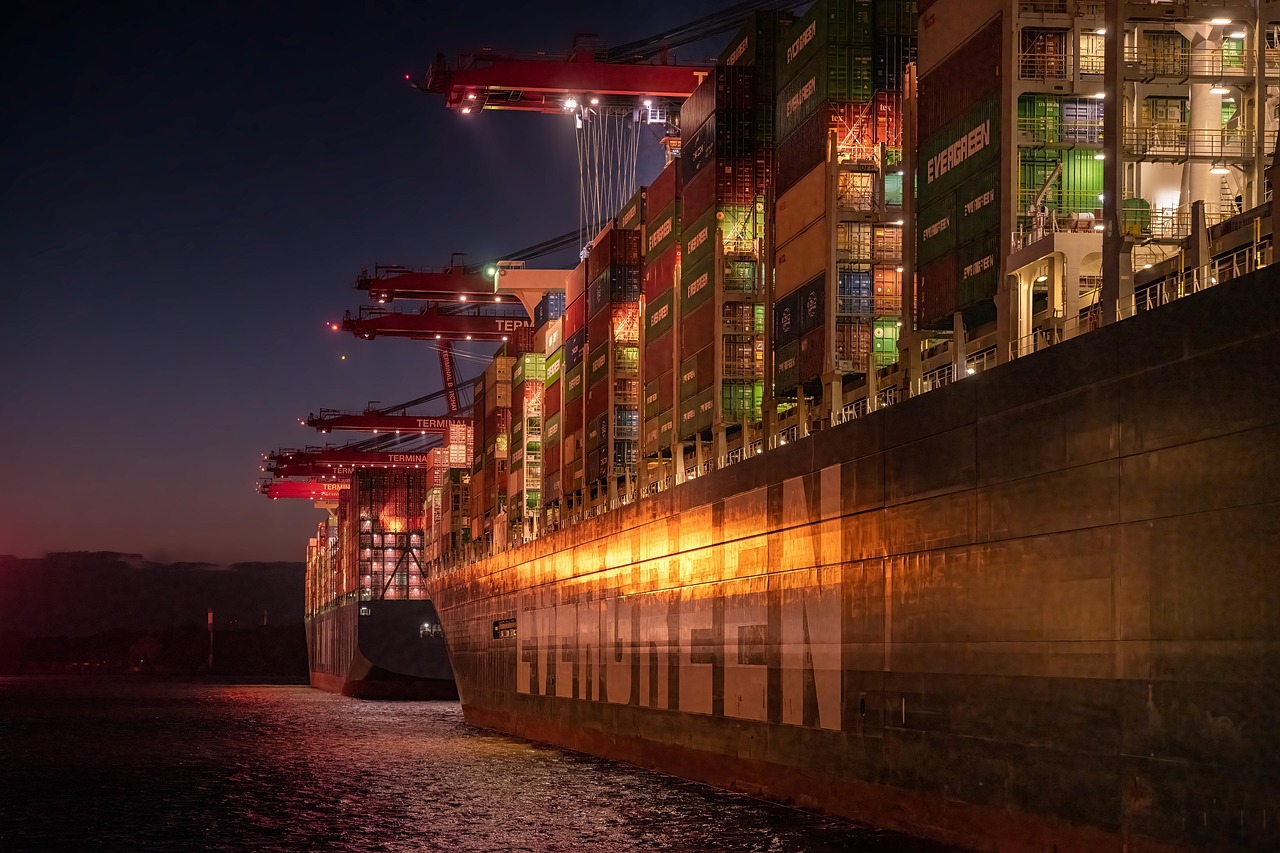
Digital Transformation
On the front, ports such as Felixstowe and Liverpool are incorporating AI-based scheduling, real-time shipment tracking, and IOT systems. These certain levels of advancements not only help improve turnaround times but also reduce operational costs and scale up the security. The government’s strategy includes the Maritime vision of 2060, underscoring the importance of innovation in maintaining the UK’s status as a global leader for maritime.
Conclusion
There is no doubt that we can see a major change and a vital role of diversification in the role of trading in the UK, with each port from Felixstowe and Southampton to Immingham, Liverpool, and Dover, offering very specialised capabilities that support the country’s structure and economic engine. Despite challenges like trade flows or climatic concerns, the industry is embracing change through wise investment and sustainable practices. As time goes by and global trade continues to surge with emerging technologies, the UK’s ports are well-positioned to stay at the forefront of maritime innovation.
